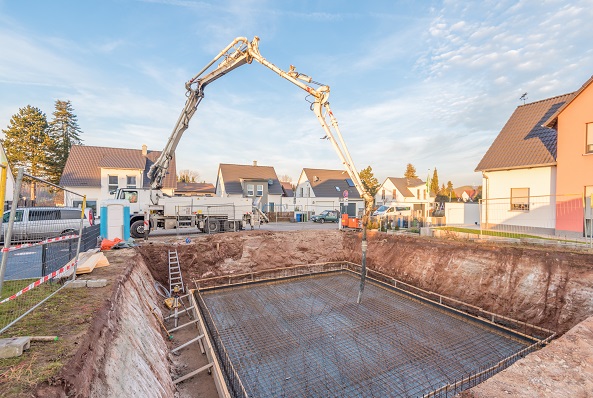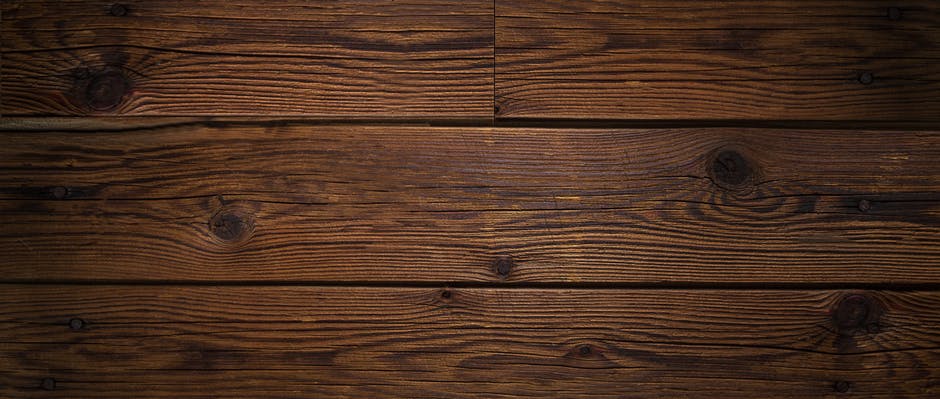When it comes to basement construction London, building a basement uses techniques that should fulfill two criteria. These criteria do not apply in the same way to structures above ground and are such that they actually limit the choice of materials basement contractors can use.
Provide a retaining wall for soil around the basement to prevent structural collapse
Provide a watertight layer to ensure the basement is kept dry from groundwater
When building a basement at your London property, the basement itself will effectively become the foundations for the build above ground but this is also true, to a certain extent, of a ground floor supporting a first floor, so I’ve not put this in the list as a specific basement requirement.
Structure
Here we can choose between different materials when doing a basement construction in London:
Concrete Block and Tanking
A mainstream choice for building a basement in London, constructing the walls out of concrete blocks, is something that will be familiar to most basement contractors.
Insulated Concrete Formwork
This is where a basement builder will use blocks that are stacked to form the wall shape and then filled with poured concrete. Rebar is often needed to strengthen the structure.
In-Situ Cast Concrete
For this form of basement construction at London sites, panels are cast on site, complete with rebar for strengthening, either using timber shuttering, or laid down flat on the ground and then raised into position once set
Precast Concrete Panels
This form of basement construction provides higher levels of accuracy, the ability to integrate insulation into the structure and to include wiring channels and boxes
Waterproofing
When building a basement in a damp city like London the best option seems to be an inherently (mostly) waterproof main structure backed up by a tough external tanking solution.
Insulation
The best approach for insulation on basement construction work in London is to have it on the outside of your structure, and this is as much true below ground as above it. It really helps to minimise thermal bridging and to retain the thermal mass ins.










